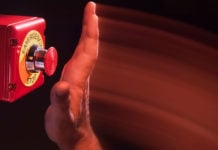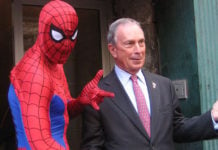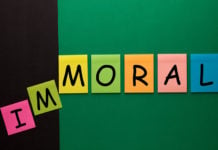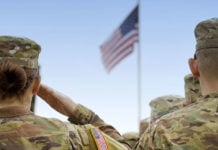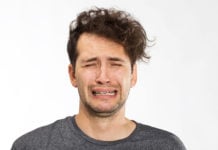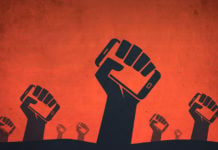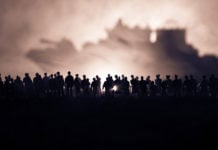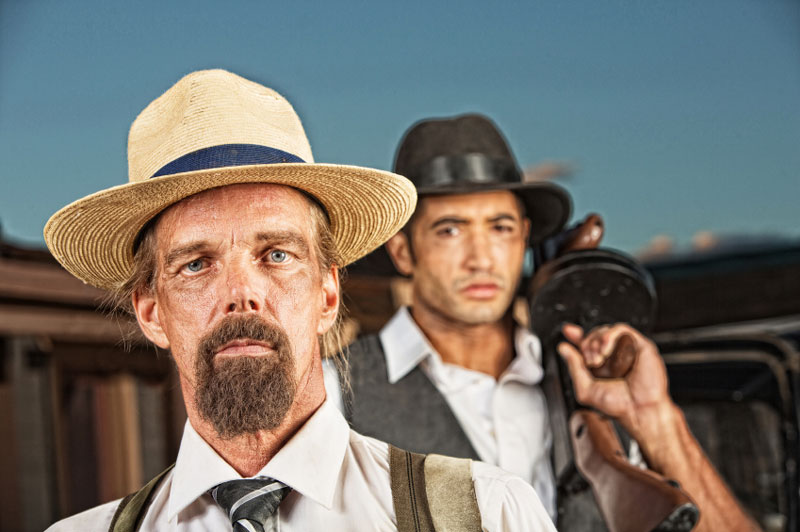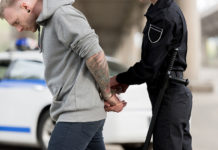The National Law Enforcement Officers Memorial Fund released its report on the number of fatalities among law enforcement officers (LEOs).
The report cites that 126 LEOs died in the line of duty in 2014.
While the majority of deaths were traffic related incidents, the number of deaths from firearms incidents rose by 56% in comparison to 2013.
The number one cause of death that took place with a felony act were “ambush” style attacks, similar to the one that took the lives of NYPD officers Wenjian Loi and Rafael Ramos. The two officers were killed in retaliation for the deaths of Eric Garner and Michael Brown.
Fifteen officers were killed in ambush assaults in 2014 marking the highest number of deaths of that type in nine years.
While the average number of LEO deaths was below the national annual average of 151, the 56% rise in ambush attacks is a statistical outlier for the year and may set the tone for 2015 if current tension between the black community and law enforcement continues.
The deadliest year ever for police was 1930 when 316 officers were killed.
That year represented the high-water mark for prohibition, but from 1919 to 1938, the number of officers killed in action stayed well above 200.
While alcohol prohibition took effect nationwide in 1920, many states pre-empted the ratification by passing laws earlier. Additionally, Congress passed the Wartime Prohibition Act, which took effect on July 1, 1919.
Deaths by law enforcement went from 179 in 1918 to 238 in 1919. A rise of 33%.
Narrowing down those numbers by deaths caused by non-accidental gunfire, the increase is actually 47%.
At the time of prohibition, respect for the law and government was at an all time low. Police were either corrupt or ineffective in enforcing prohibition laws. Government, specifically Congress was a laughing stock – possibly because they were all drunk when passing dry laws.
Congress even had their own bootlegger, George Cassidy, who was known as the “man in the green hat” who plowed politicians with alcohol for a decade during prohibition.
Jumping forward to the present, at least within the black community, respect for the law and law enforcement officers is at a low point – low enough for men like Michael Brown to attack a police officer . . . or low enough for six teenagers to attack two Boston cops serving a warrant . . . or for gunman to open fire on a LA patrol car . . . or for two NYDP cops to be knelt down and executed.
Unlike the prohibition era, there are no laws to be repealed that can fix this and national leaders such as Al Sharpton, President Obama and Eric Holder have only added fuel to the flames.
Trying times ahead.

